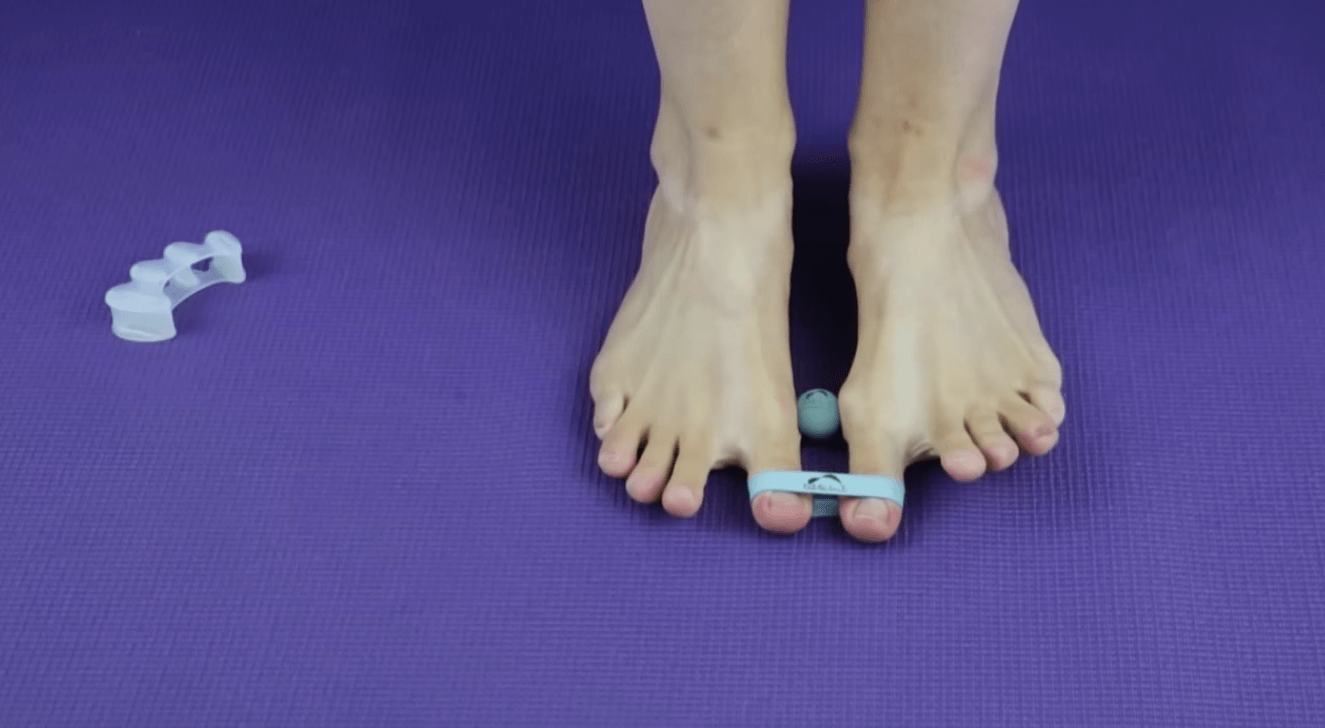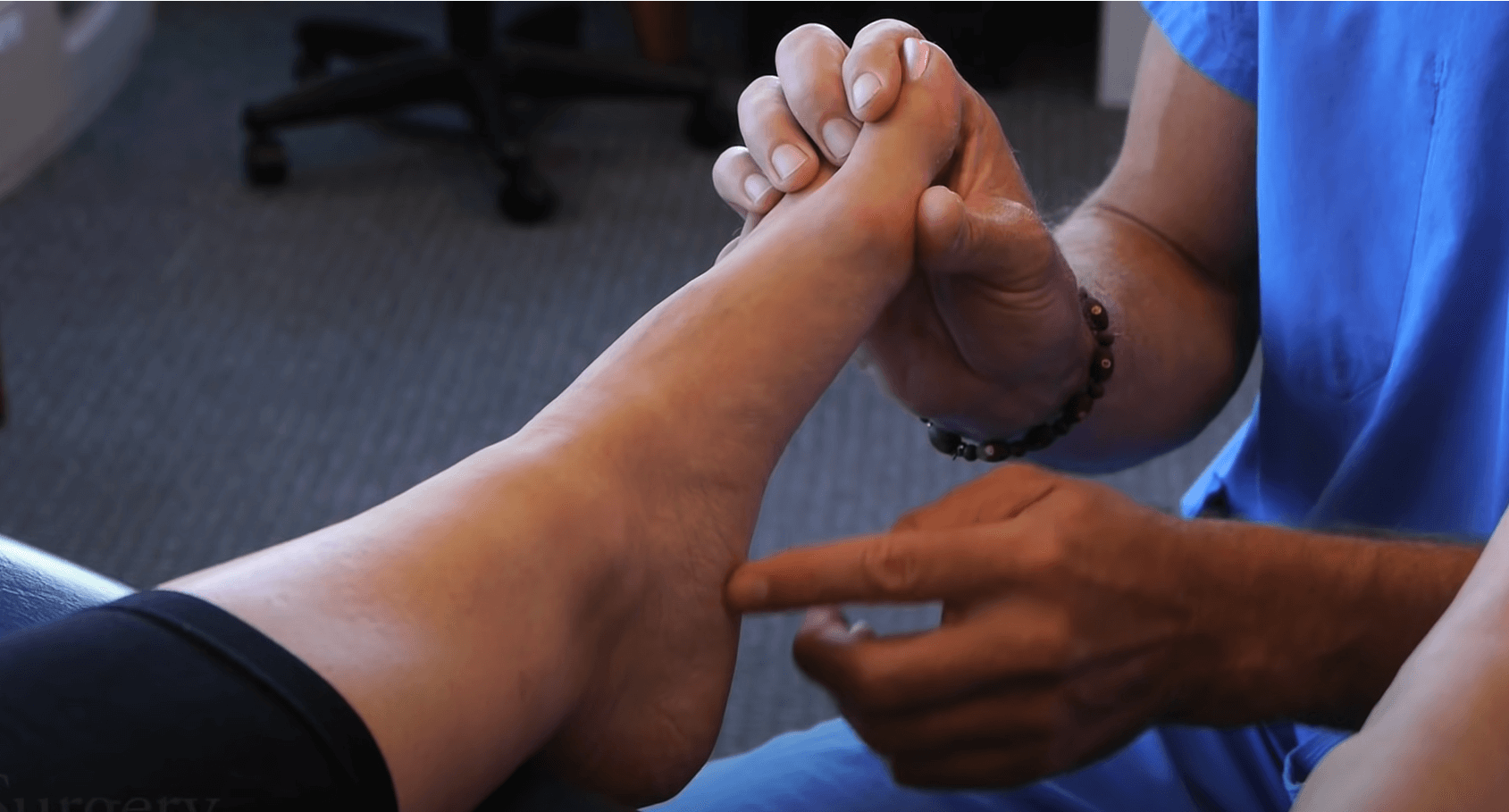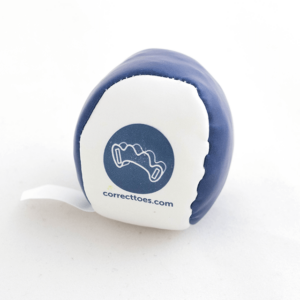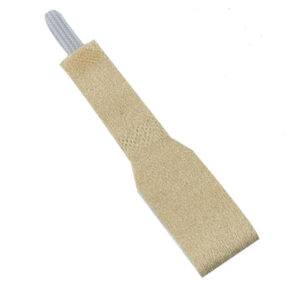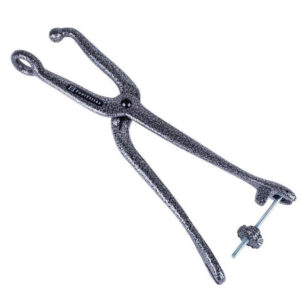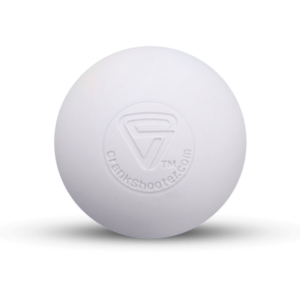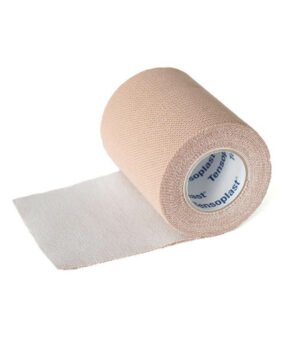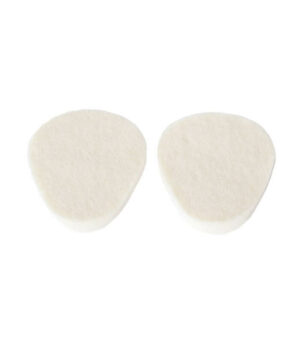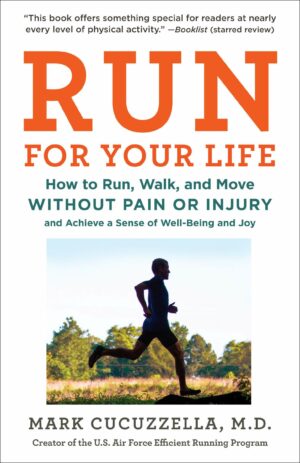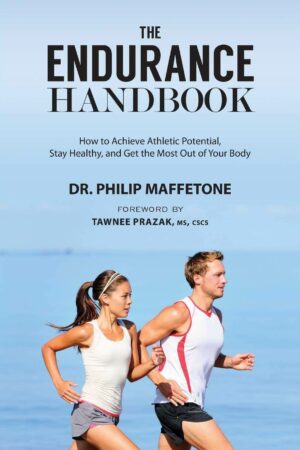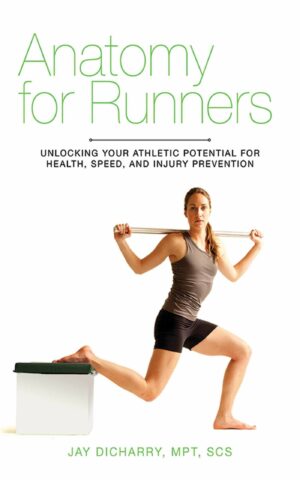The following quotes have been pulled from Dr. William Rossi’s article Children’s Footwear: The Launching Site for Adult Foot Ills. Dr. Rossi’s article takes a look at the negative affects of shoes on children’s foot health.
“As a result, by the time the average shoe wearing child has reached the tender age of seven or eight, his or her feet clearly reveal a visible loss of anatomical or functional normality. The medical practitioners are quick to attribute this to the wearing of “improper” or “ill-fitting” or out-grown shoes– not realizing there is no other kind because all (99 percent) of juvenile footwear, regardless or price or brand, is “improper” or “ill-fitting”.”
“For centuries, right to the present day, one of the most foot-negative features on the juvenile shoe has been the use of raised heels. For infants and tots the shoe heel height begins at about 5/8ths of an inch. By age five or six the heel height is 3/4ths of an inch, and by age eight a full inch– the same height as on a man’s shoe. The heel heights are the same on sneakers as on conventional shoes. Relative to body height, a one inch heel worn by a child of seven is equivalent of a two-inch heel worn by an adult. So almost all children above age seven are wearing “high” heels the equivalent of two inches in height– and neither the shoe industry or the doctors has any idea of this absurdity occurring before their eyes.”
“Almost all lasts for children’s footwear, including sneakers, are “crooked” in contrast to the straight-axis alignment of the foot, heel-to-toes. This has long been one of the chief causes of anatomical and functional foot deformity that begins in childhood and continues throughout all the adult years.”
“With those first steps the infant is now ready for prime time. So onto its feet go it’s “first stepper” shoes. And suddenly, the infant, having successfully launching its walking career barefoot, finds itself struggling to maintain balance and locomote with stiff, constrictive, alien objects on its feet. It labors to take “normal” steps with shoes on– a physical and biomechanical impossibility because the “foot” steps and the “shoe” steps are two alien motions and opposing forces.”
“…the shoes soles, whether leather or other materials… automatically prevent 80 to 90 percent to the child’s normal flex angle, 55 to 65 degrees at the ball. With shoes on there is very little heel-to-ball movement, thus denying the foot its normal step sequence. The steps are pancake-like, seriously hampering the gait mechanics.”
To read Dr. Rossi’s article in its entirety click here.



